|
Northern Emerald-Toucanet, March 7, 2024. On February 29th, to celebrate Leap Year, we left North America and leapt into Panama (audible groan!). In Panama City we joined Mason Flint of Naturalist Journeys, along with 8 other intrepid birders/photographers (I counted 7 cameras among the 11 of us) for a week of birding the Bocas Del Toro Province in northwestern Panama.
*Special thanks to our hosts, Jim, Jay and Renee, and especially to our guides, Roger and Brenda, who made the week a huge success! During the one week trip I captured thousands of images which I spent another week sorting through. This post includes some of my favorite birds and images from a day we spent on the mainland traveling south on highway 10 over the continental divide to the hydroelectric dam at Hornito, shown above just left of center at the bottom of the map. A note to readers: In my posts I routinely use All About Birds (Cornell Lab) as a reference, with links to their pages for the species. The site is free, making it a good reference for blog readers, but the birds are restricted to the U.S. For this post, I have used Birds of the World (Cornell Lab) which covers all the birds in Panama. However, Birds of the World is subscription only, and any links I might create will only be useful for subscribers. Therefore, I have not routinely included links for the species, or when I have, they will go to another site that I think will help the reader. For those of you with a deep interest in birds, I would recommend subscribing to Birds of the World. It is chock full of references and provides more information than is generally available from free websites. Tropical MockingbirdCanon R7 with RF 100-500mm at 500mm, 1/1000 sec., f/8.0, ISO 1250, +0.67 EV.
Originally the Tropical Mockingbird range was discontinuous, with a gap from central Honduras to northern Columbia. However, in the 1930's Tropical Mockingbirds were introduced into Panama by humans. The range map above (Ref: Birds of the World) shows counts of native Tropical Mockingbirds in shades of purple, and birds introduced in orange (exotic range). Northern and Tropical Mockingbirds are similar in appearance, but Tropical Mockingbirds have less white in the wings. Tropical Mockingbirds occupy open habitats with scattered shrubs and trees, living in towns and gardens, often perching in exposed sites including power lines and fences. Tropical Mockingbirds eat insects, as well as small vertebrates and fruit. (Ref: Birds of the World). The Tropical Mockingbird song is a series of long musical phrases, many repeated several times. However, unlike their northern cousin, the Tropical Mockingbird is not reported to mimic other species. (Ref: Birds of the World). In other words, it doesn't "mock" other species songs. So, is the Tropical Mockingbird a MoBINO, a Mockingbird In Name Only? Image above, a grassy park at the top of the dam at ~3500 feet where we stopped. Rain to the north in the distance on the Caribbean side, sunny to the south (behind me) toward the Atlantic. Rufous-collared SparrowCanon R7 with RF 100-500mm at 428mm, 1/1600 sec., f/8.0, ISO 6400, +1.33 EV.
Flame-colored TanagerCanon R7 with RF 100-500mm at 500mm, 1/800 sec., f/8.0, ISO 500, +0.33 EV.
They forage for a variety of fruits and insects in midstory and the canopy. We spotted this male Flame-colored Tanager in a wooded area across the street from the park at the dam. Swallow-tailed KiteCanon R7 with RF 100-500mm at 428mm, 1/2000 sec., f/8.0, ISO 500, +0.33 EV.
Swallow-tailed Kites are beautiful in flight, dark and silky above with a white head and neck, a white belly and white on the underwings with a black forked tail. Like the Mississippi Kite, adult Swallow-tailed Kites eat their food in flight After their sudden appearance and a thrilling aerial show, this flock of kites disappeared just as suddenly. Northern Emerald-Toucanet: Where's Waldo?Canon R7 with RF 100-500mm with 1.4x Extender at 420mm, 1/500 sec., f/8.0, ISO 4000,+1EV. As our journey continued, we stopped by the road at about 3800 feet, and our expert guides, Roger and Brenda, spotted something moving in the trees some way away. Photo above: Where's Waldo? And who is he? "Waldo" turned out to be a Northern Emerald-Toucanet playing hide and seek just below the center of the photo above, cropped version below. After some time trying to see this bird, I decided to cross the street* and carefully walk up the road to try to walk beyond the tree to get a peak from behind. After some walking and waiting, it worked! *Carefully. Highway 10 is a 2-lane road that connects the Caribbean with the Atlantic sides of Panama, and a raceway for anything that wants to make the journey, including some very big 18 wheelers with drivers trained in slalom racing. Canon R7 with RF 100-500mm with 1.4x Extender at 420mm, 1/1000 sec., f/8.0, ISO 4000,+0.67 EV. I suspect there were several toucanets together, but at least one of them moved down into my lane of vision!
Like many cavity nesters, Northern Emerald-Toucanets are not cavity builders, rather they look to the existing market when shopping for homes! Note: Standing dead trees are essential for all cavity nesting birds. For more on cavity nesters in SE Arizona, see Spring Nesting 2023, Part2: At 9000 feet dead trees make great homes! The series that follows shows a Northern Emerald-Toucanet looking for berries in the understory, and finding one. Toucans are Frugivores, animals that thrive mostly on raw fruits or succulent fruit-like producing plants such as roots, shoots, nuts and seeds. Frugivorous animals, especially birds, disperse plant seeds and are essential in the reproductive cycle of the plant. Frugivores and the plants they consume are dependent on each other, and reduction in one affects the other. Ref: Wikipedia, Frugivore. Below, a final pose for this photographer with the subject's favorite berries! Below, our Toyota Coaster bus, a very comfortable mode of transportation. Coasters are exported worldwide, especially to Central America, but not to the U.S. Time to head back to the boat dock and the lodge. More to follow, stay tuned! Happy trails!
9 Comments
Deb
3/25/2024 08:24:30 am
Amazing you accomplished such great pix with the mix of cloudy-dreary changes in climate you worked in this day. Great reference material to explore, potentially into our own trip. thanks for sharing!
Reply
Henry
3/25/2024 08:59:05 pm
Deb: Many thanks! It was a low light day, with a few exceptions, and fast moving birds requiring high shutter speeds!
Reply
Betty Koehler
3/25/2024 11:56:40 am
Henry, I just looked at your blog and am in awe of your skills as a photographer! Thank you ever so much for posting your blog with its gorgeous photos of birds in Panama. A true gift. They actually make me smile with delight. Of course, your witty comments always make me laugh! Take good care!
Reply
Henry
3/25/2024 09:00:49 pm
Betty: I am glad to hear my posts create smiles and laughter! Great to hear from you. More posts coming soon!
Reply
Carol Niehoff
3/25/2024 01:05:49 pm
Dear Intrepid Adventurer,
Reply
Henry
3/25/2024 09:03:22 pm
Carol: I am glad you enjoy the posts. I hope you did not spend too much time looking for Waldo! These birds are really well camouflaged, and suited to their environment.
Reply
David Shaw
4/2/2024 11:27:47 am
Gorgeous pictures!
Reply
Henry
4/2/2024 11:42:48 am
David: Many thanks! The next post on Panama is in the making right now! Stay tuned . . . .
Reply
Your mountain travel blog posts are like windows to the soul of the world, offering glimpses into the beauty and complexity of our planet. With each post, you invite us to see the world through new eyes, to appreciate the wonders that surround us. Thank you for sharing your passion for travel and inspiring us to explore beyond our comfort zones.
Reply
Leave a Reply. |
AuthorHenry Johnson, photographer and author of this site. For more detail, see About
Categories
All
Archives
July 2024
|
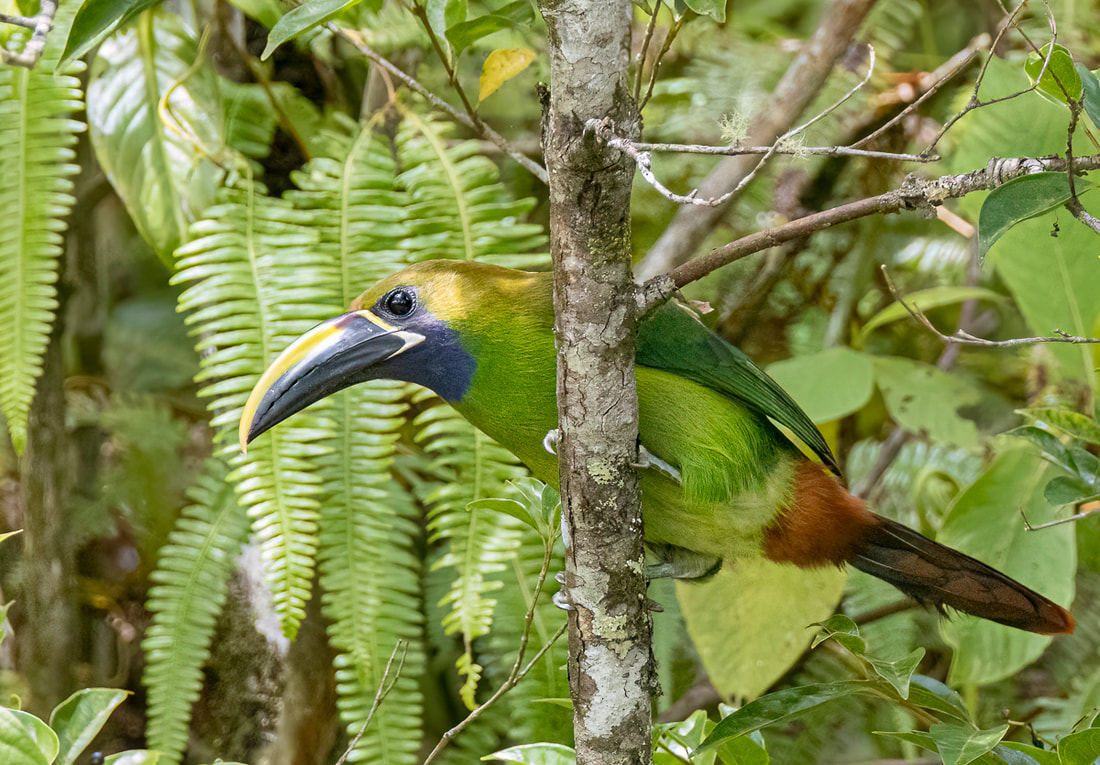
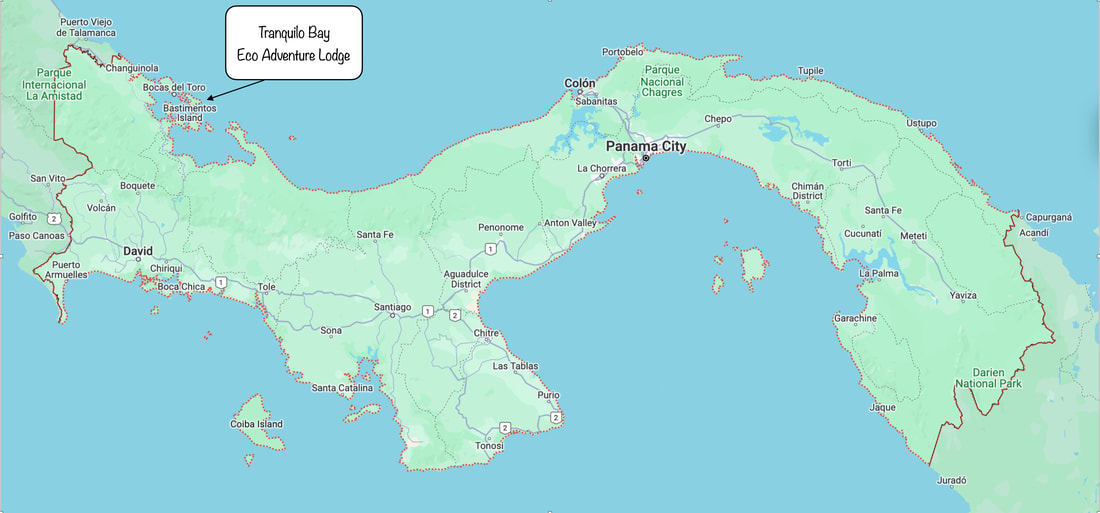
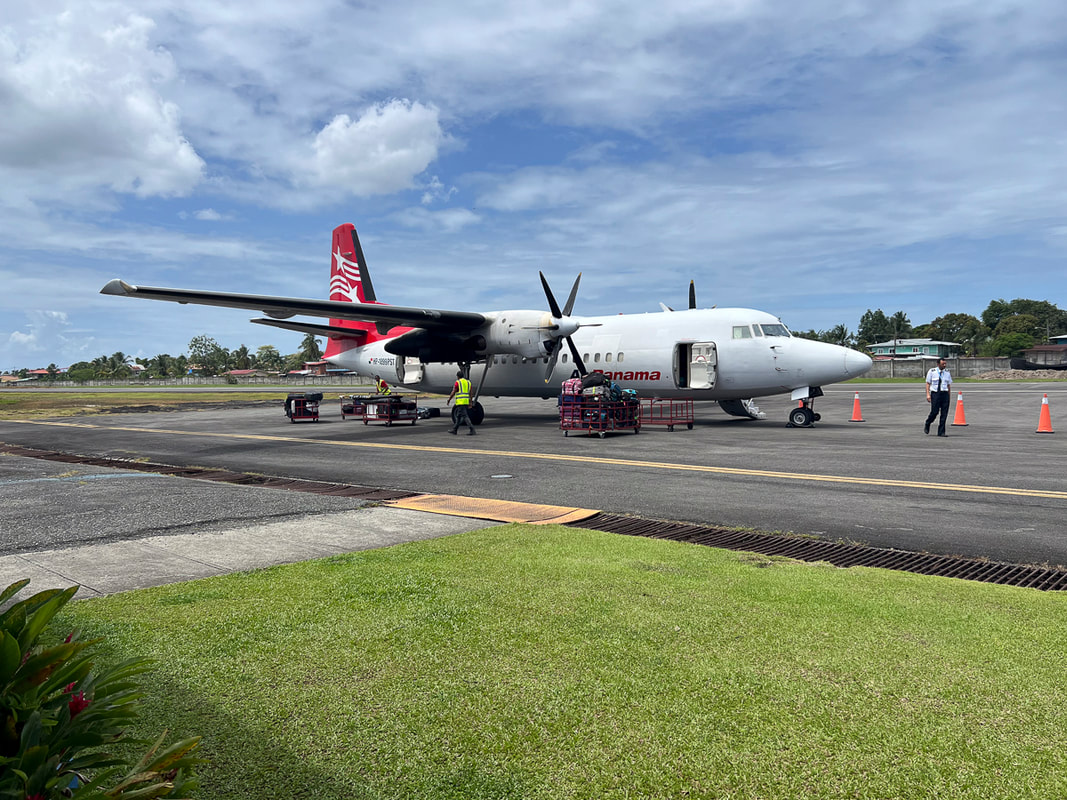
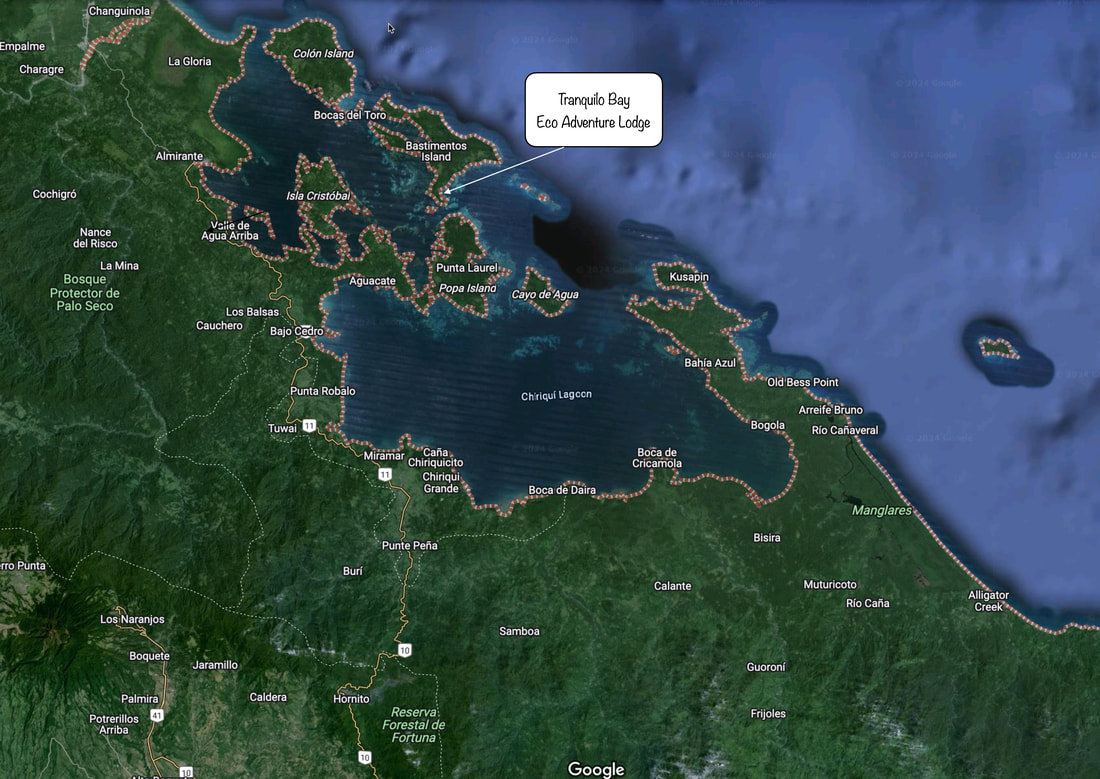
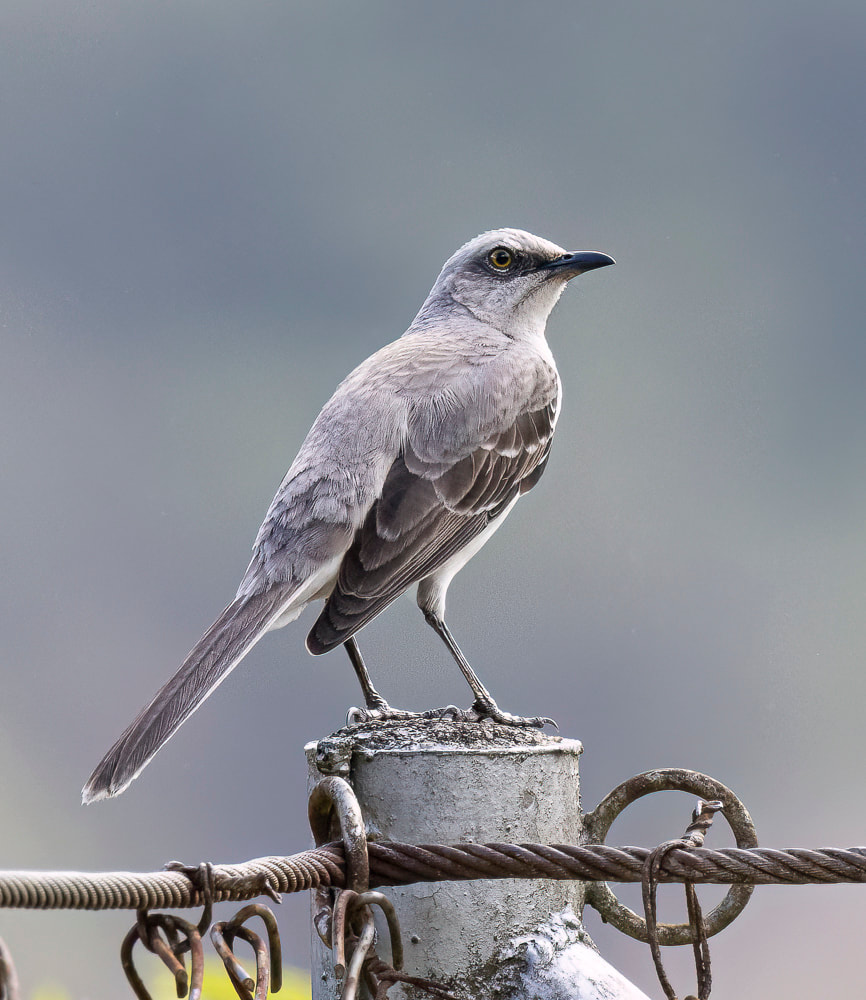
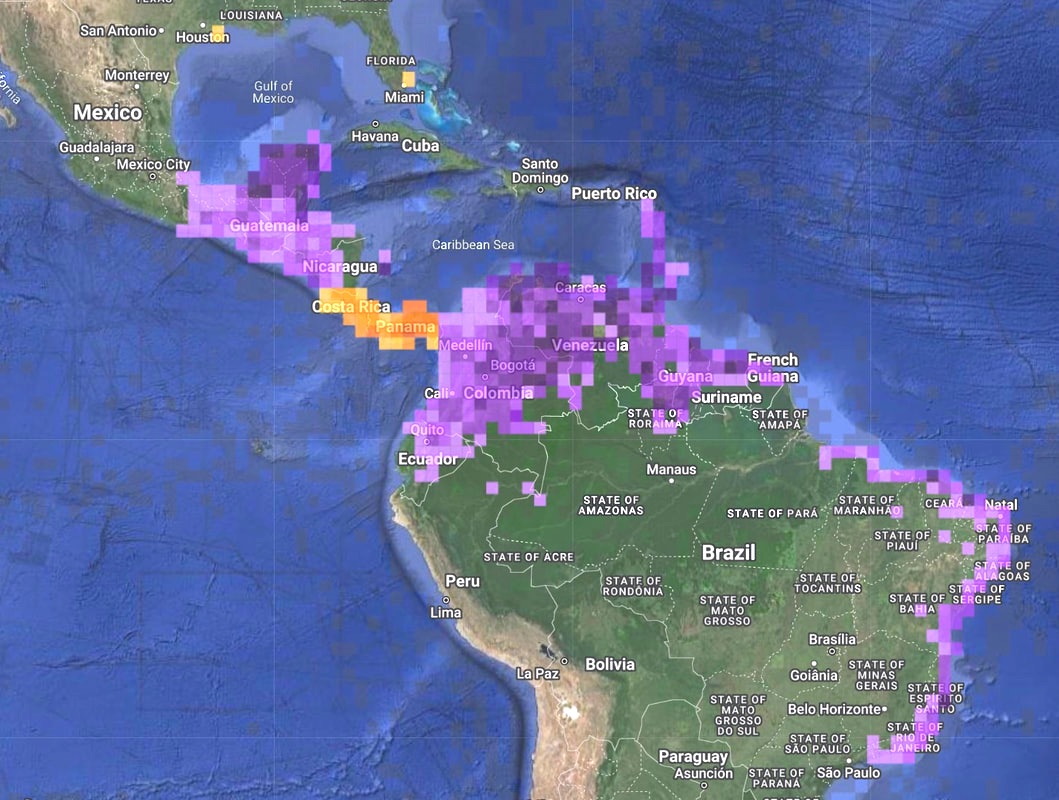
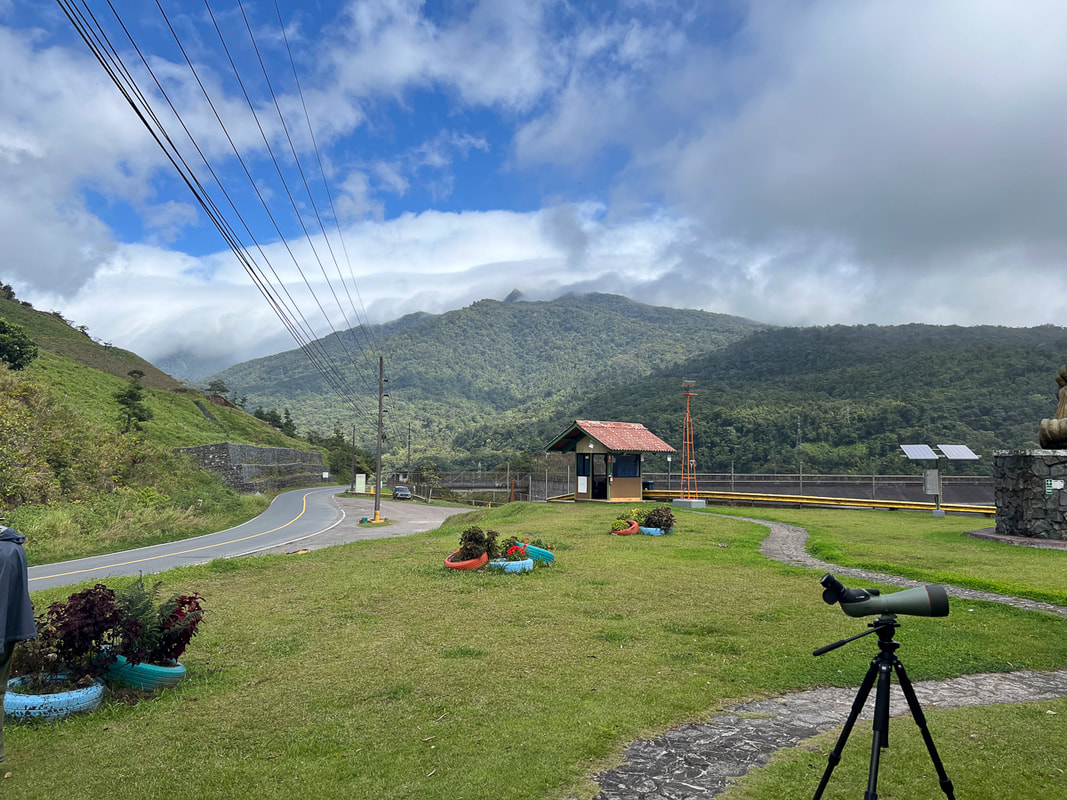
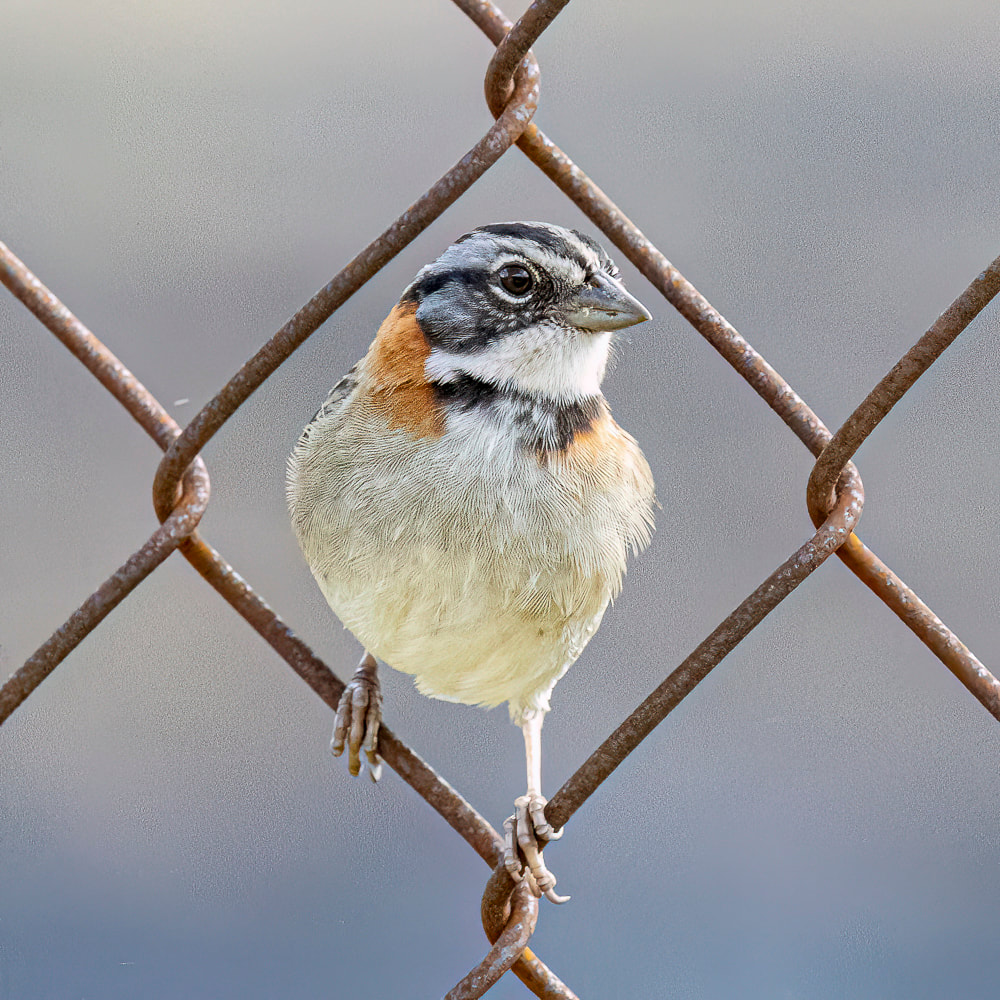
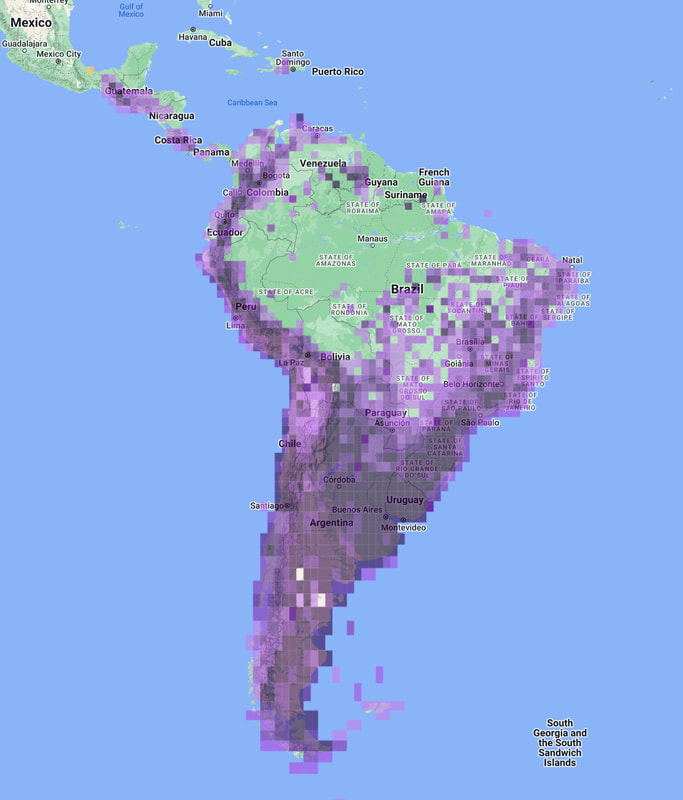
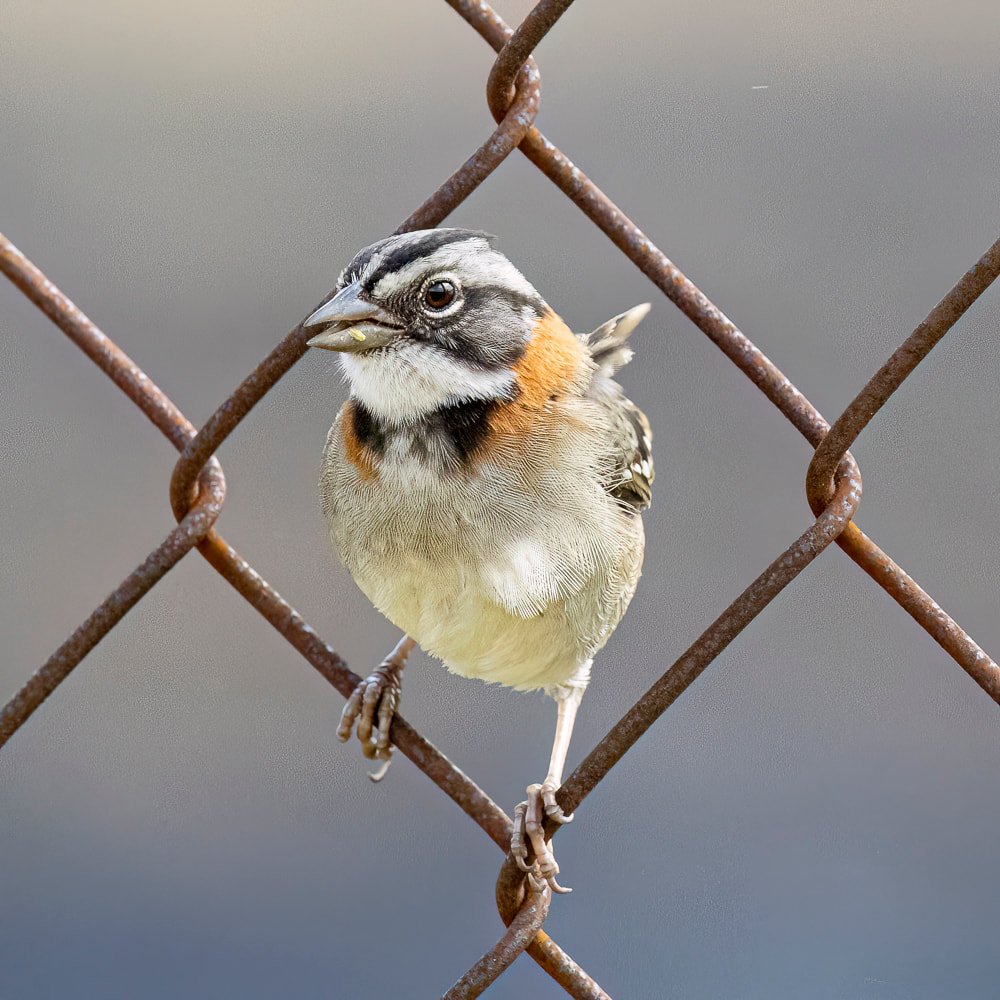
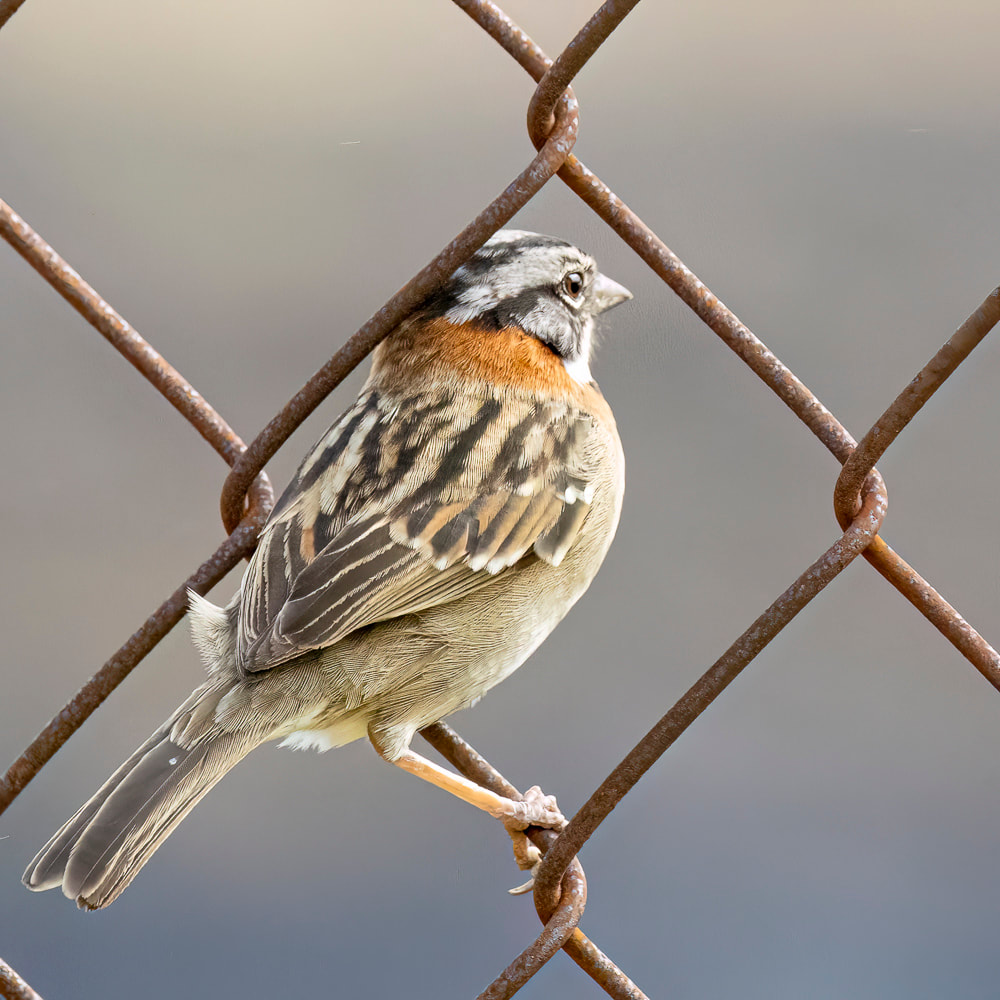
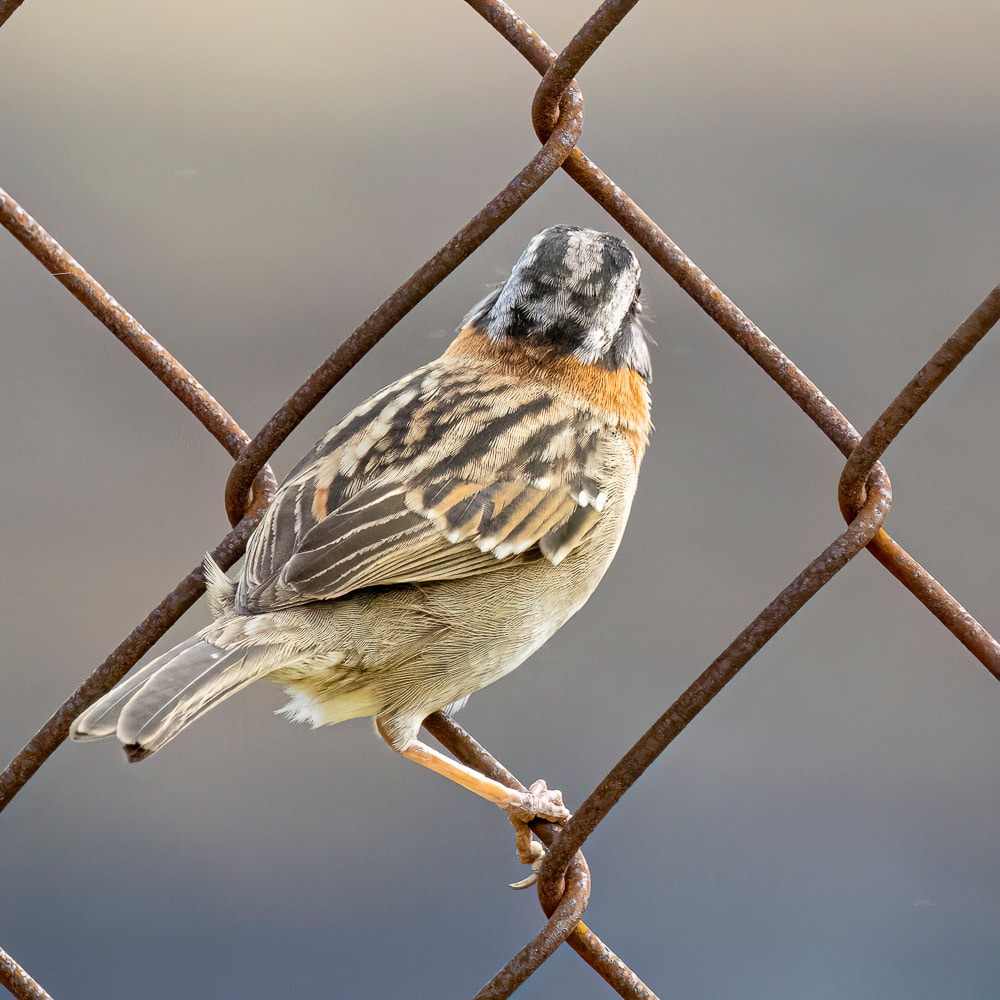
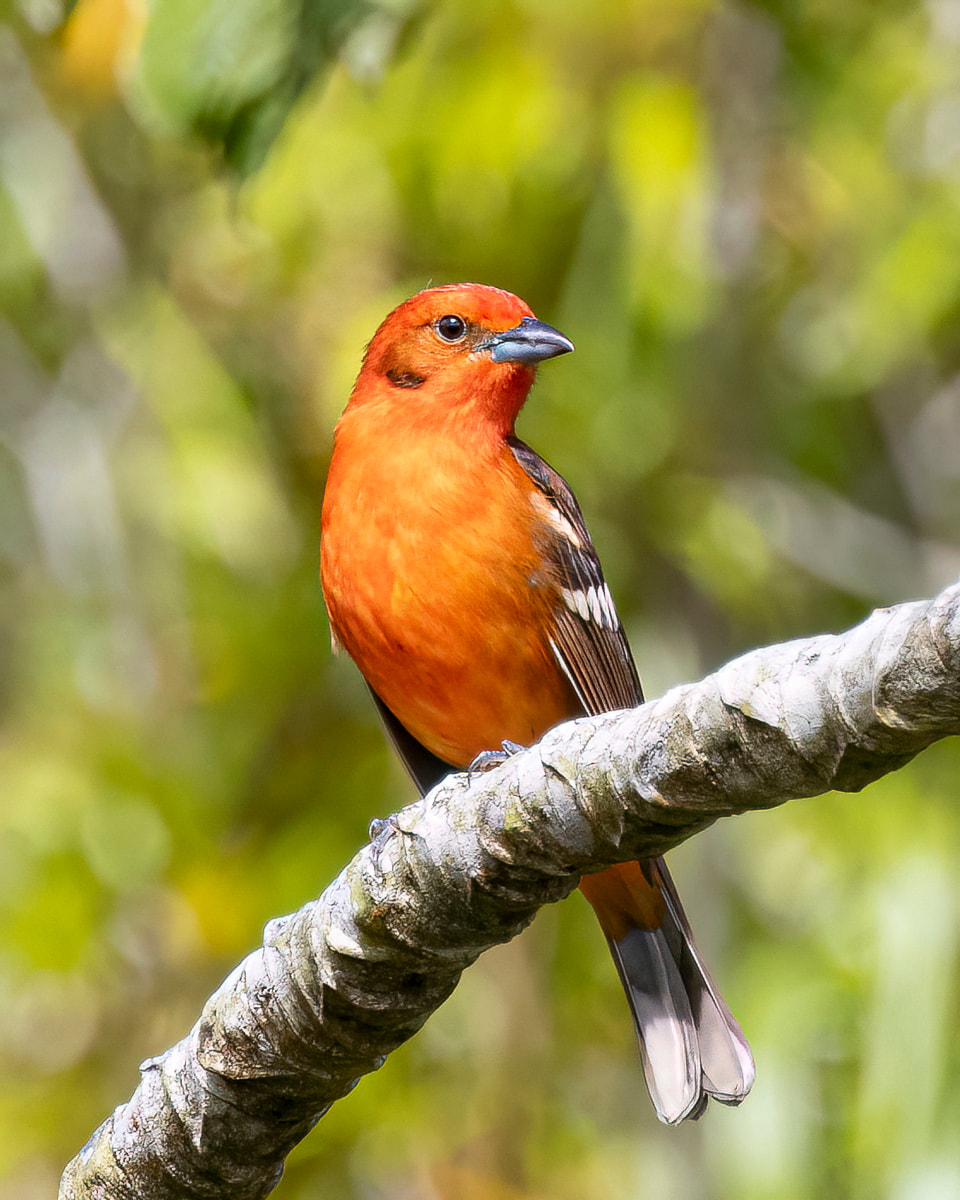
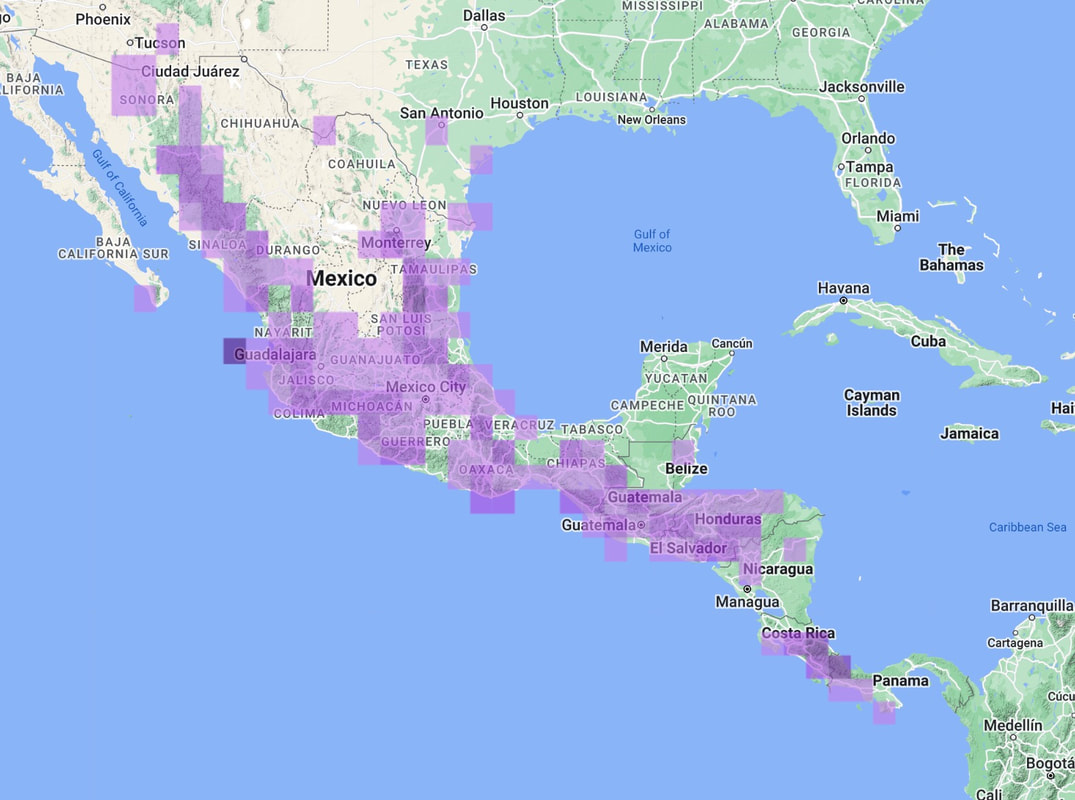
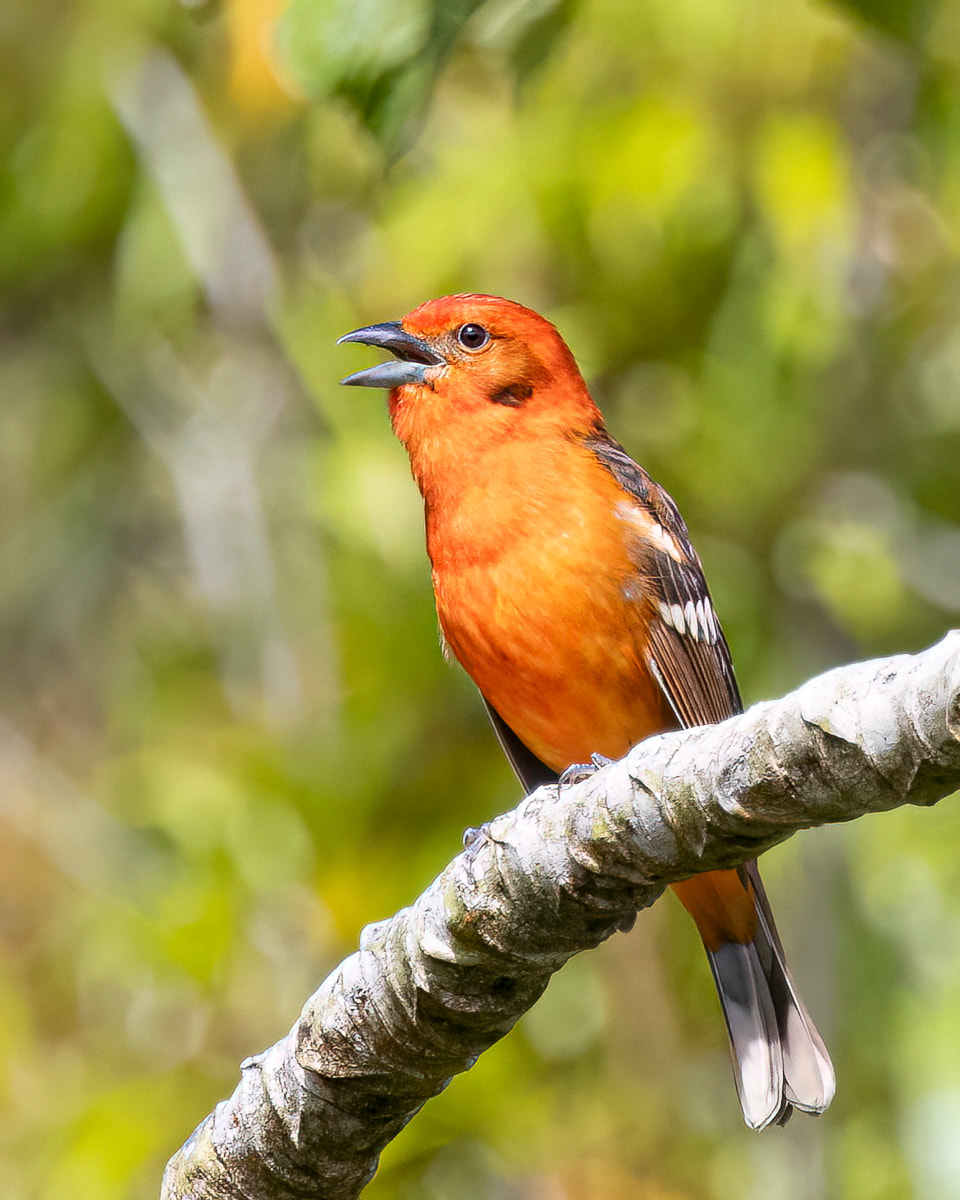
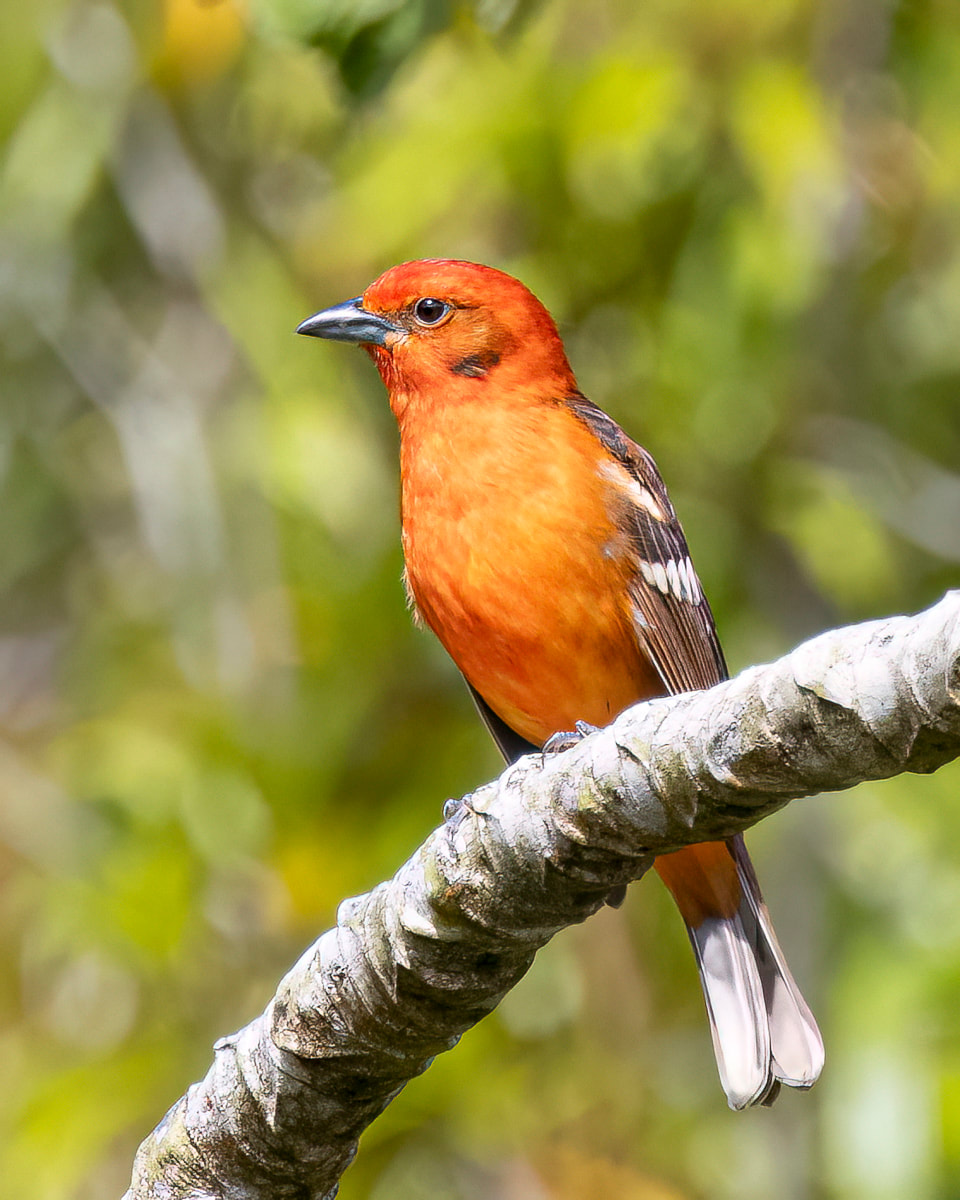
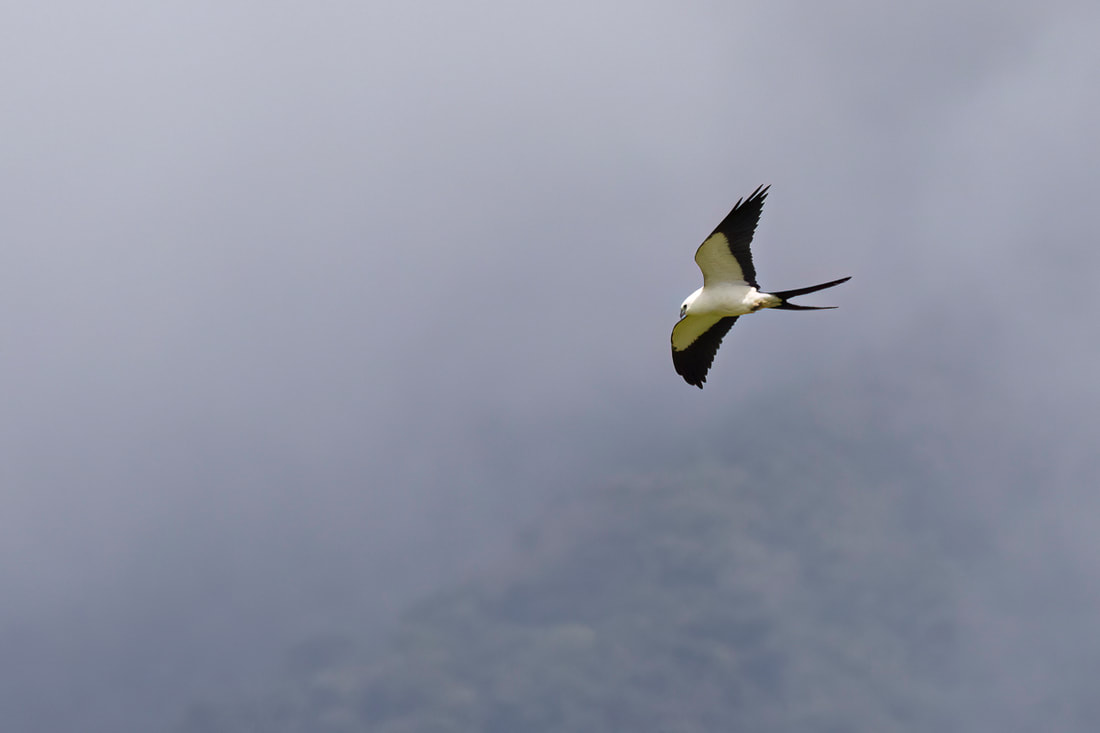
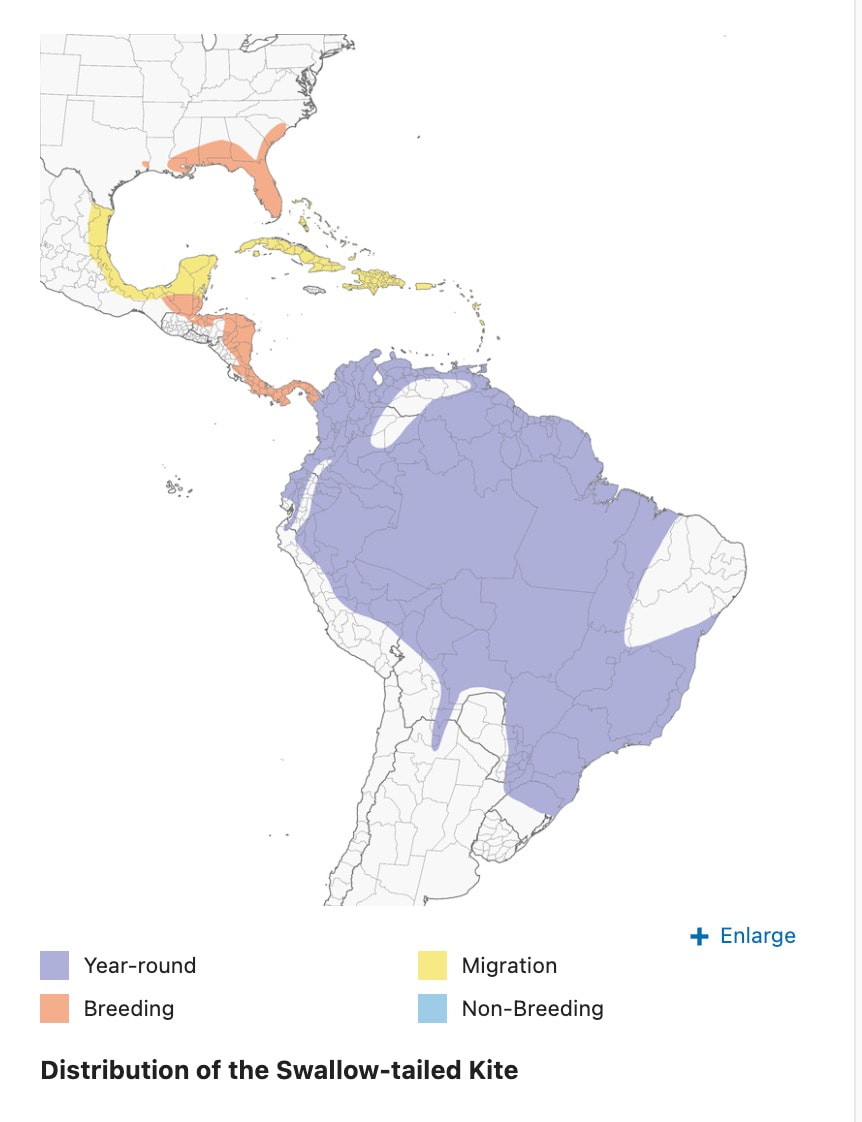
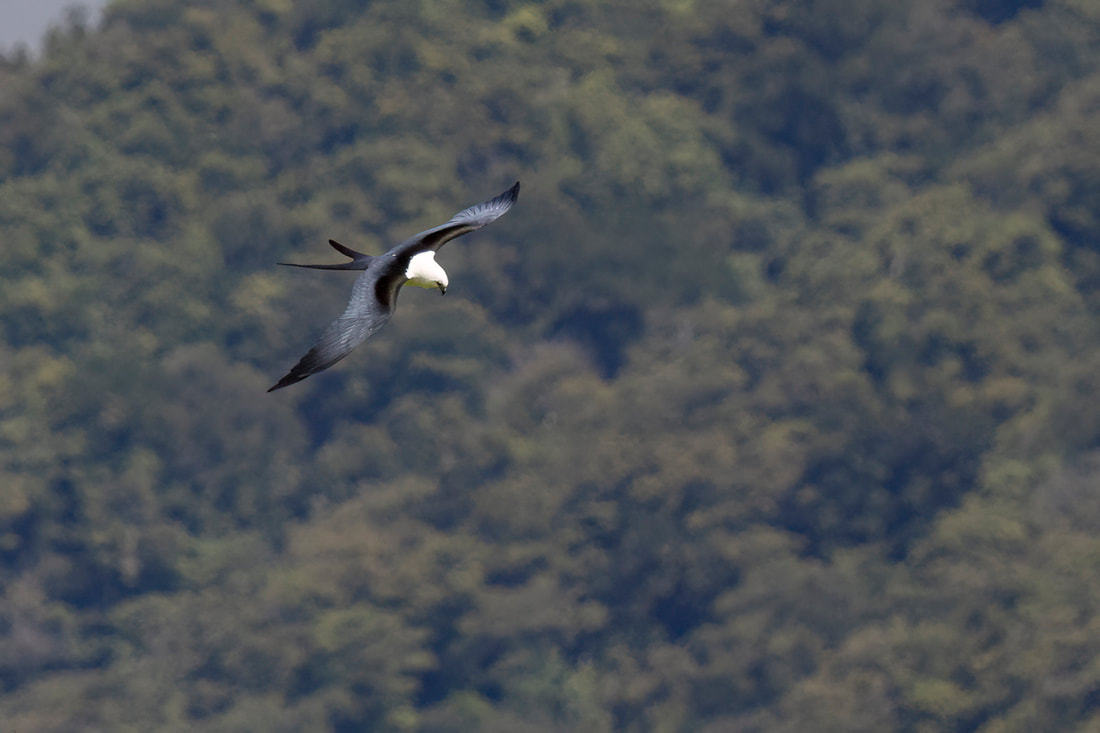
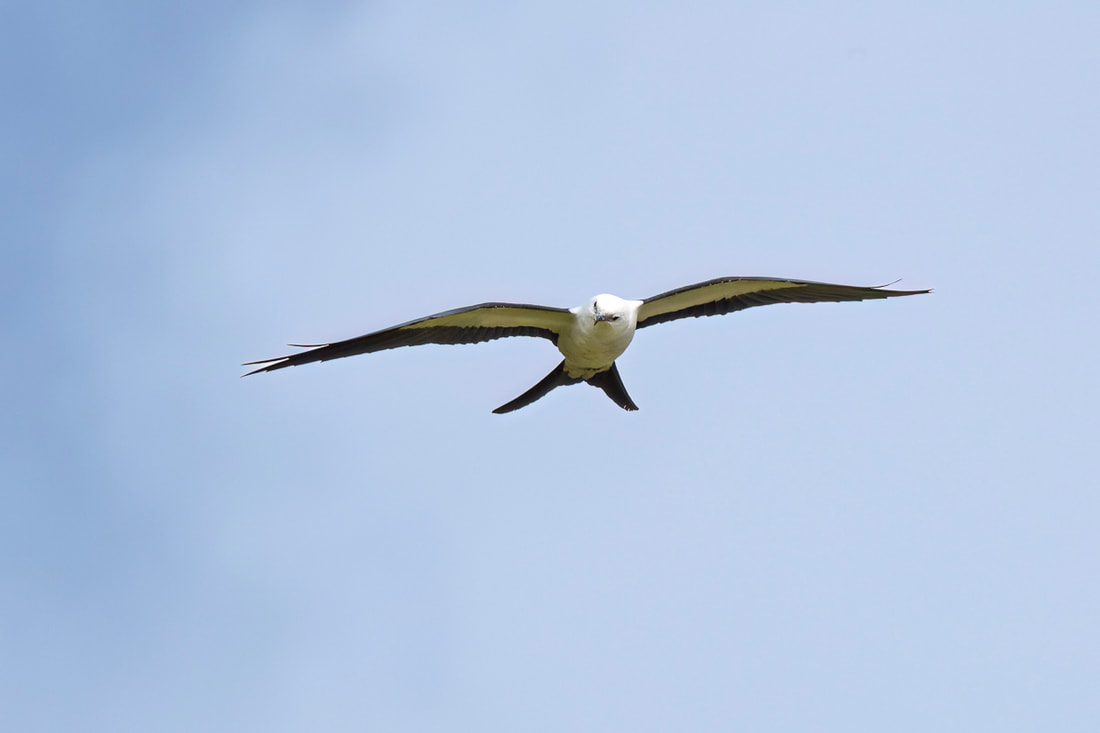
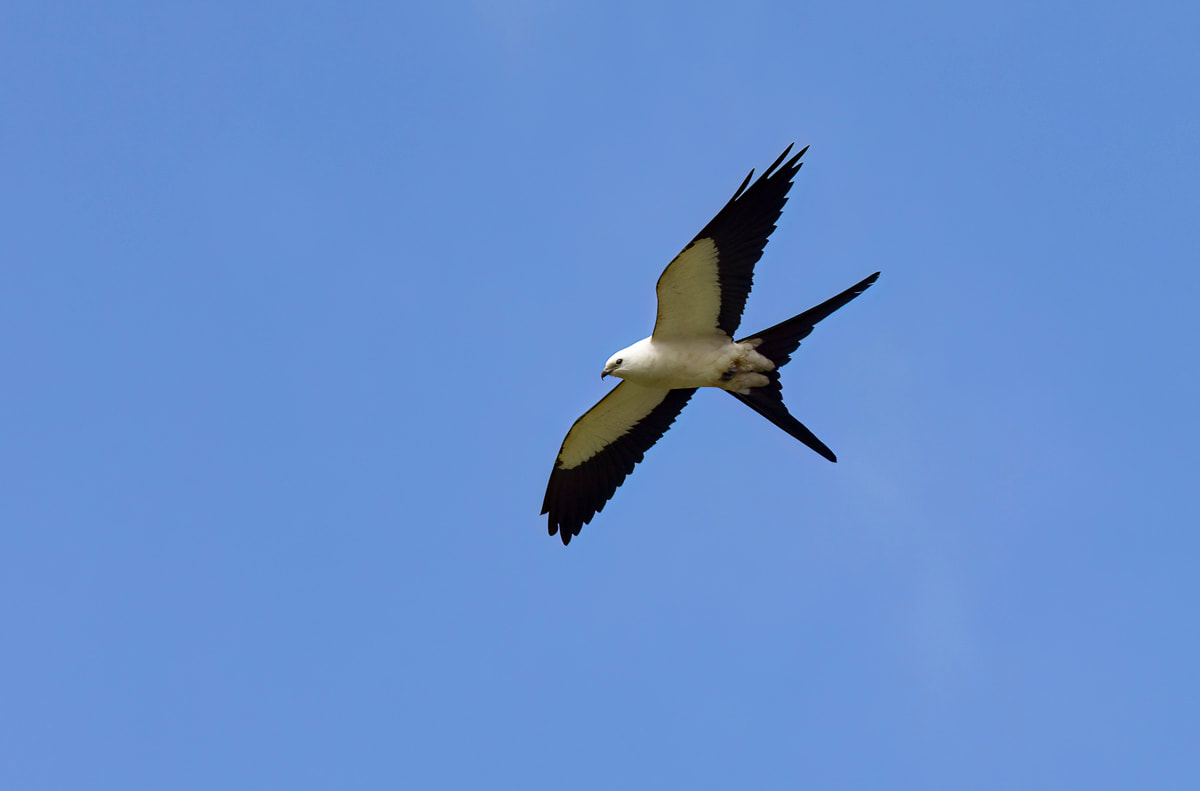
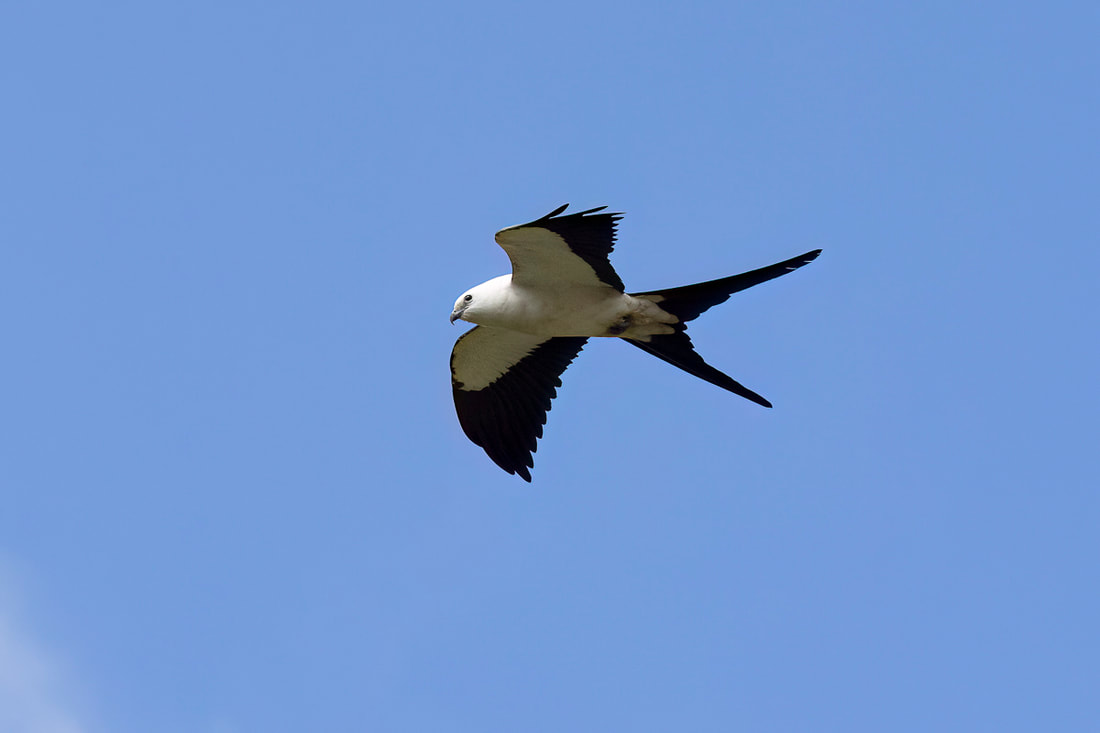
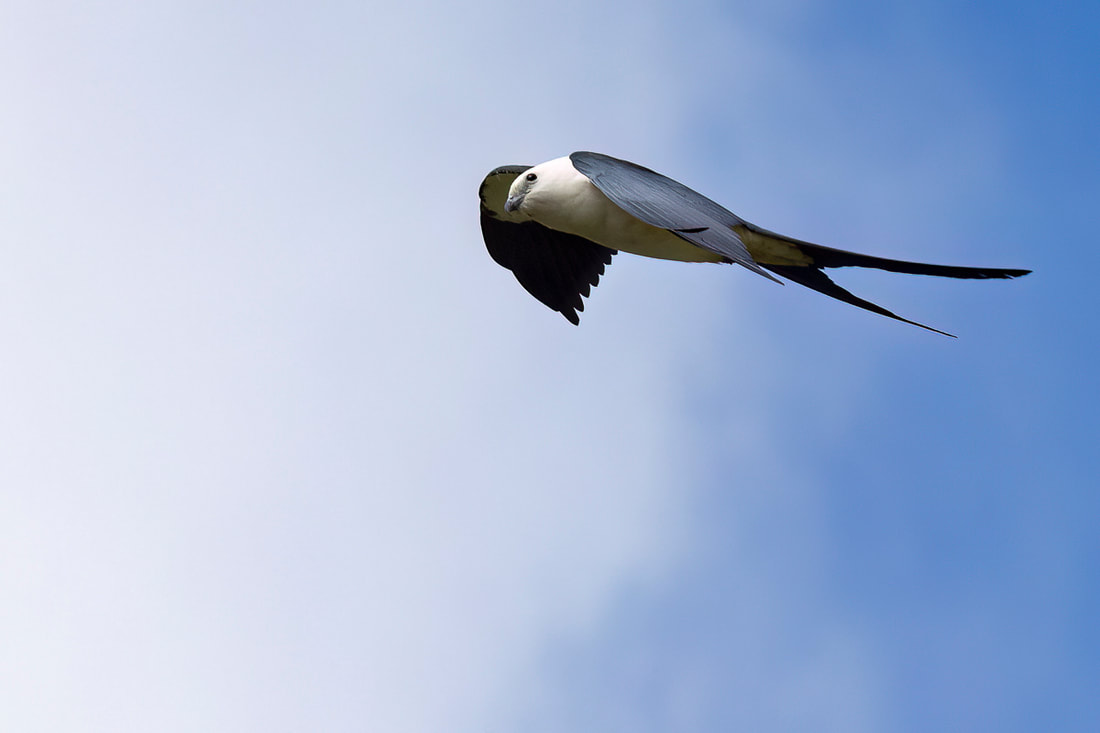
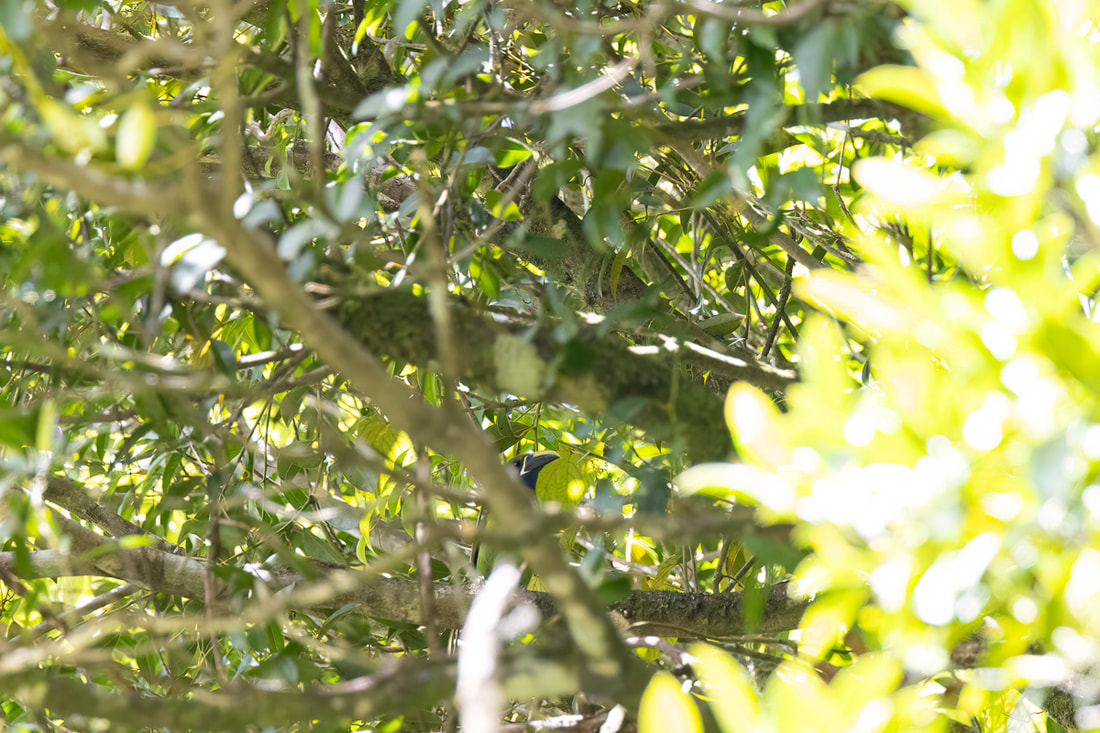
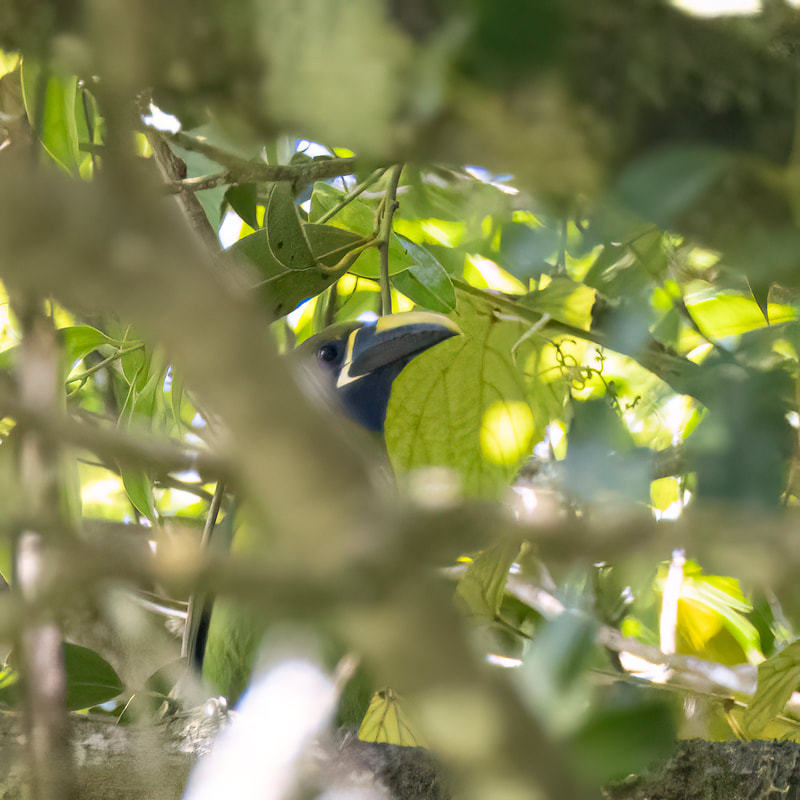
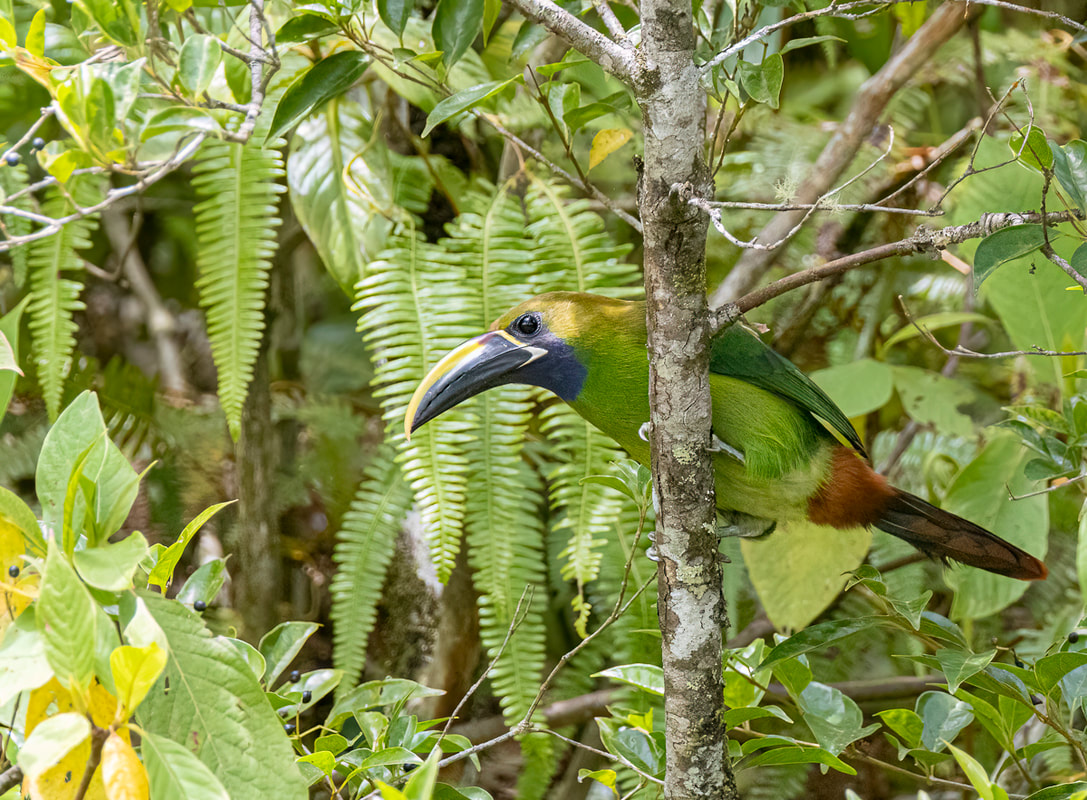
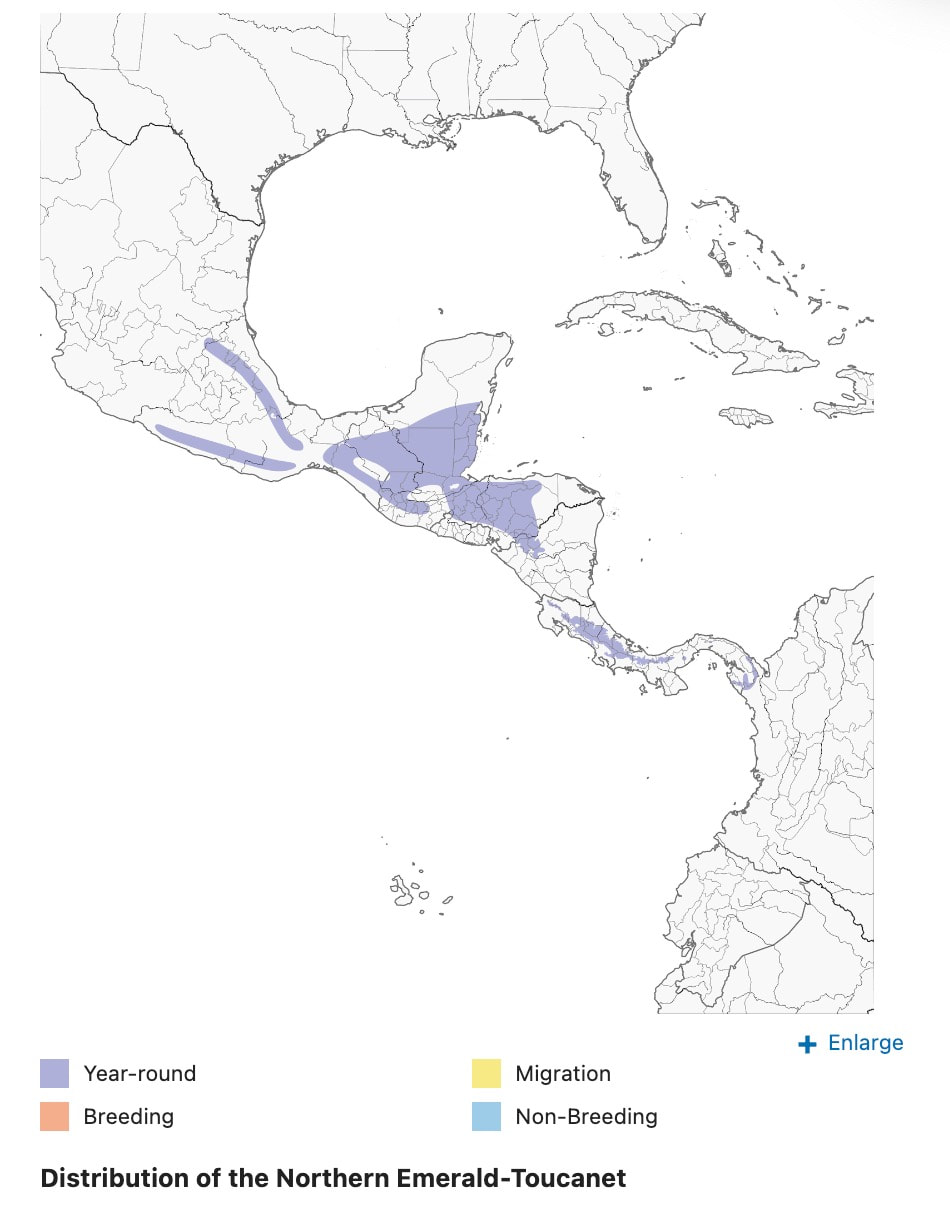
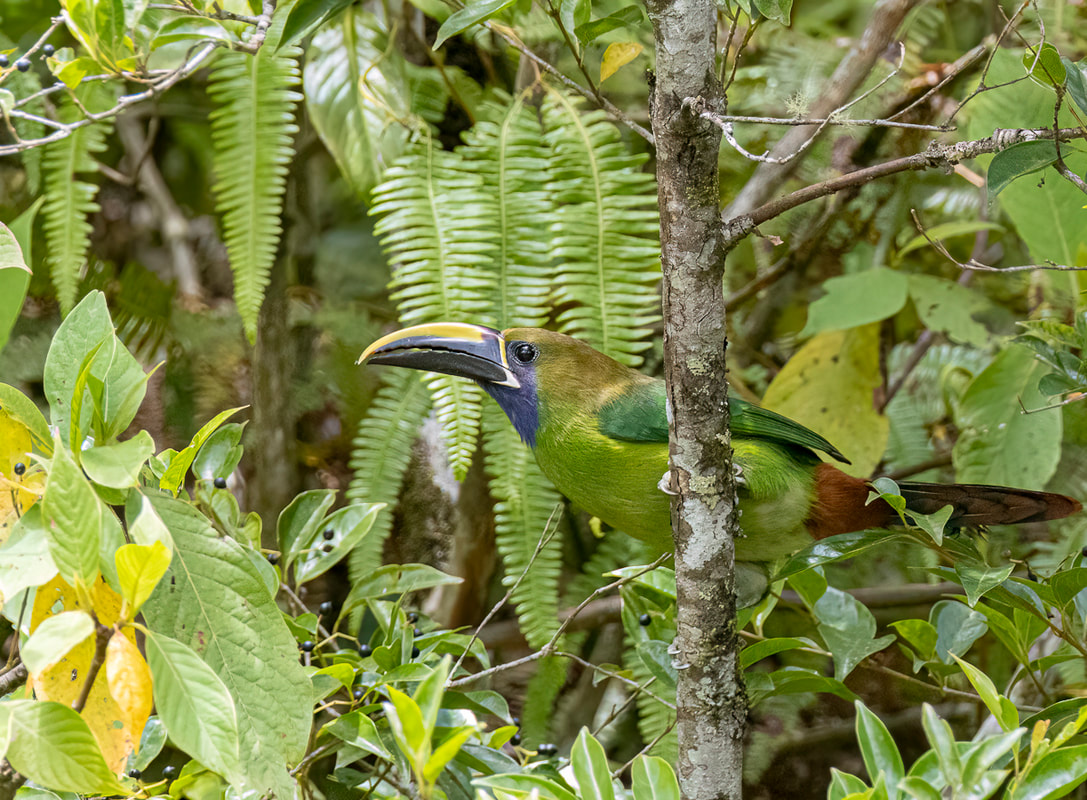
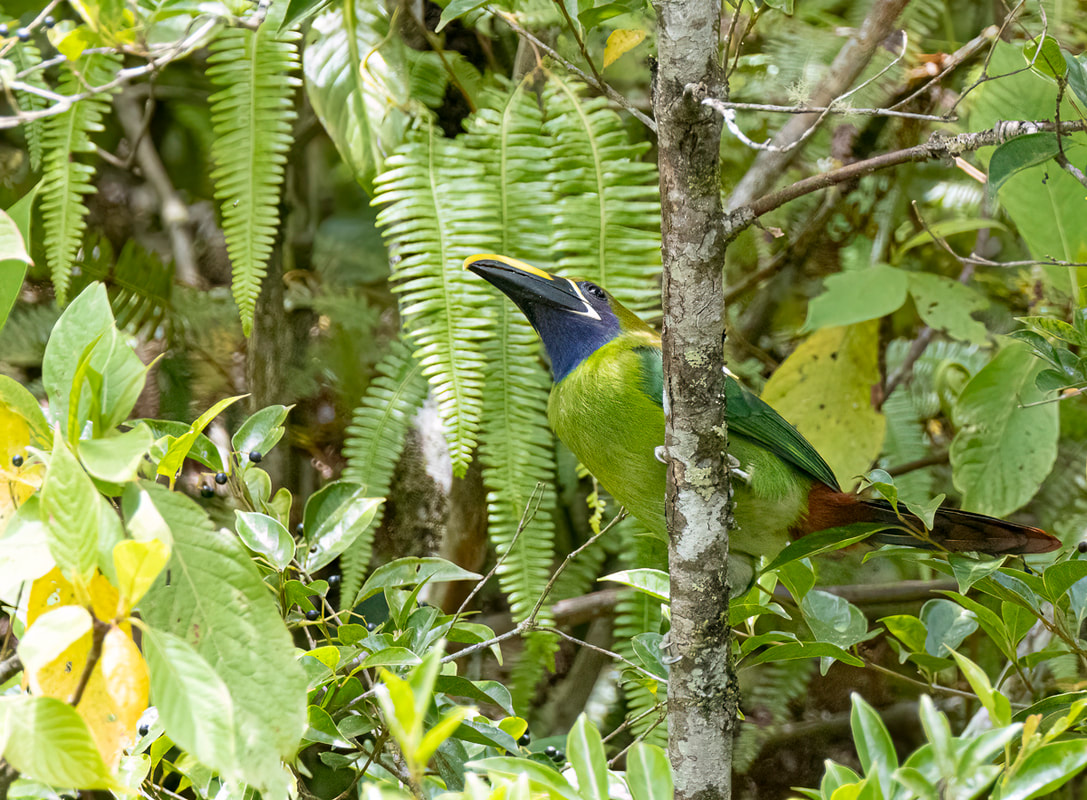
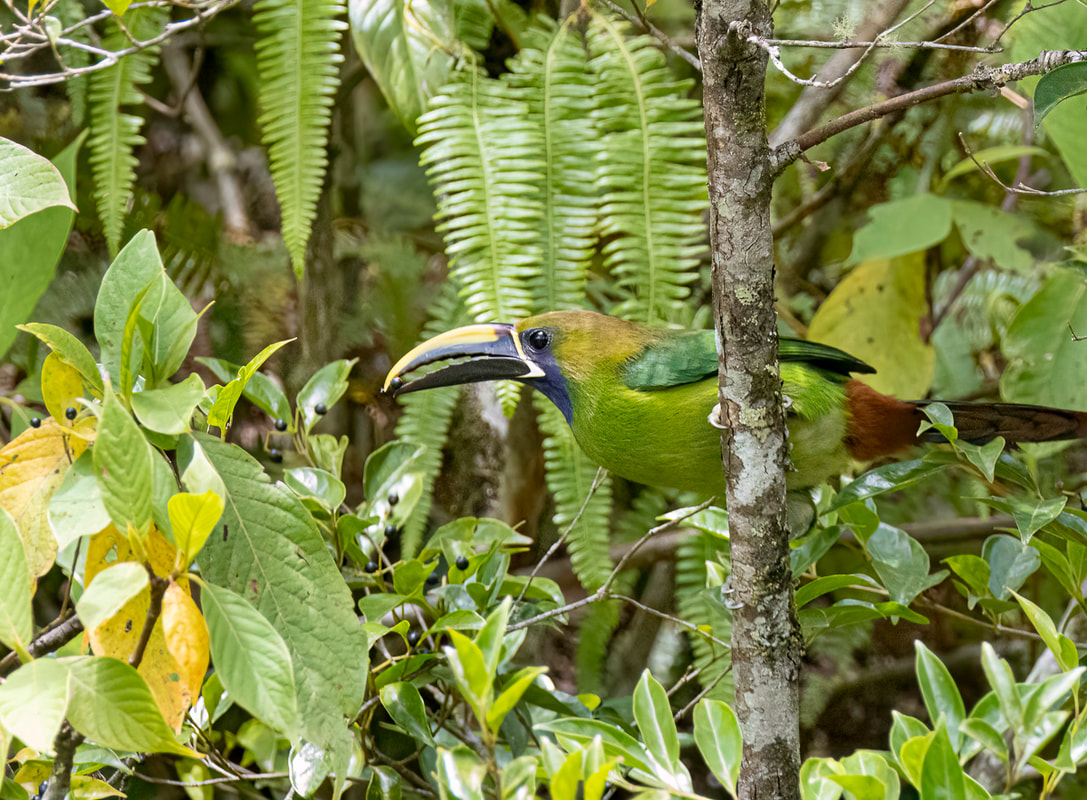
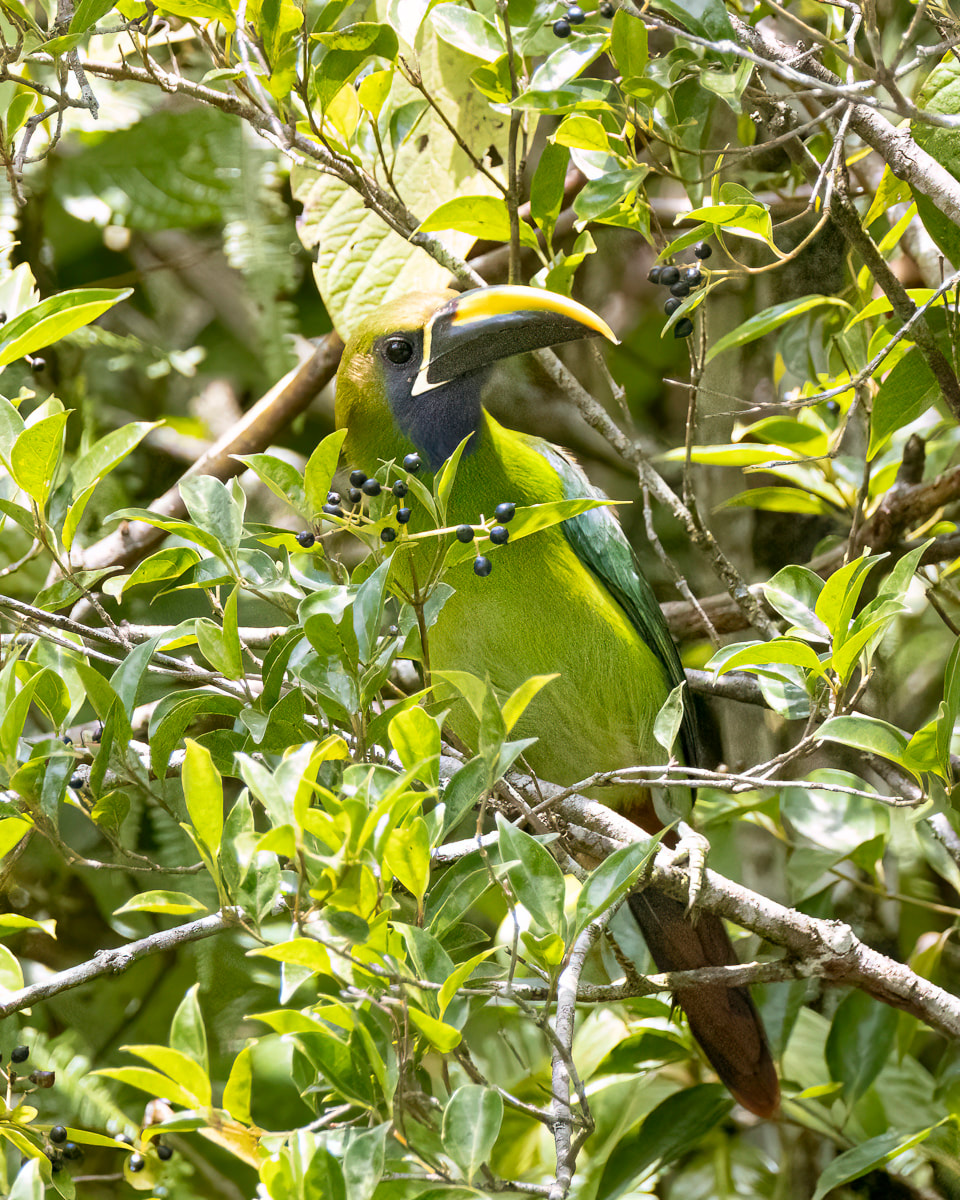
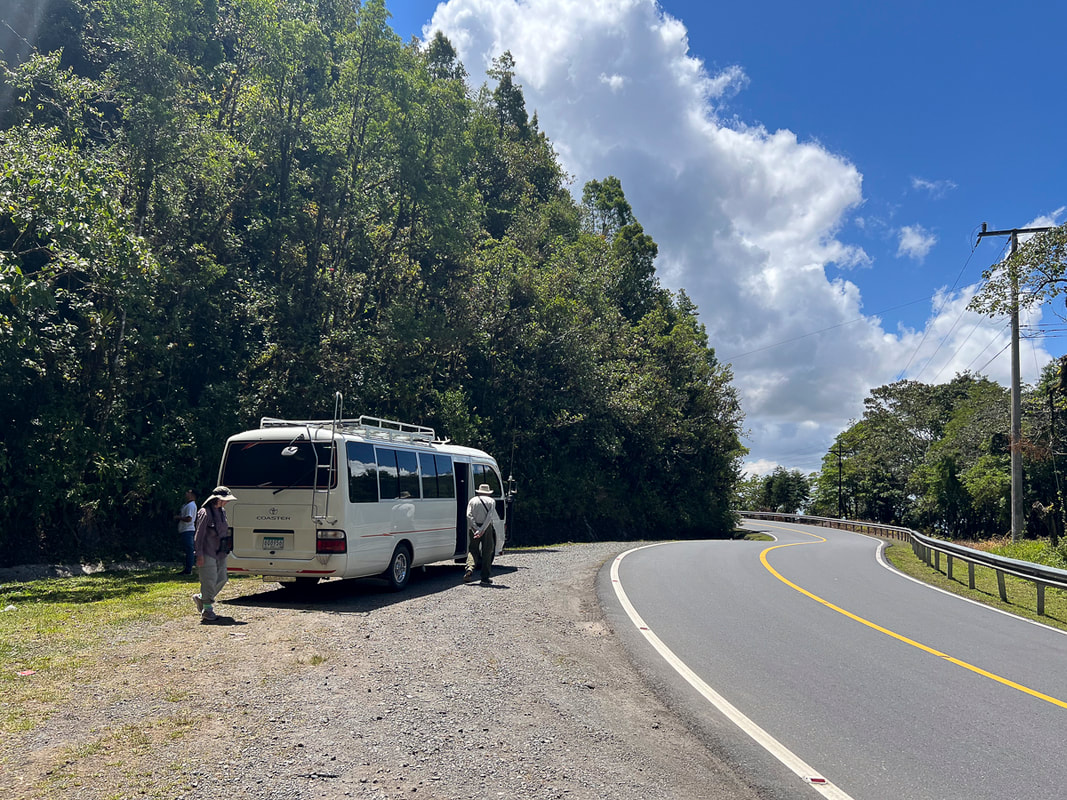
 RSS Feed
RSS Feed